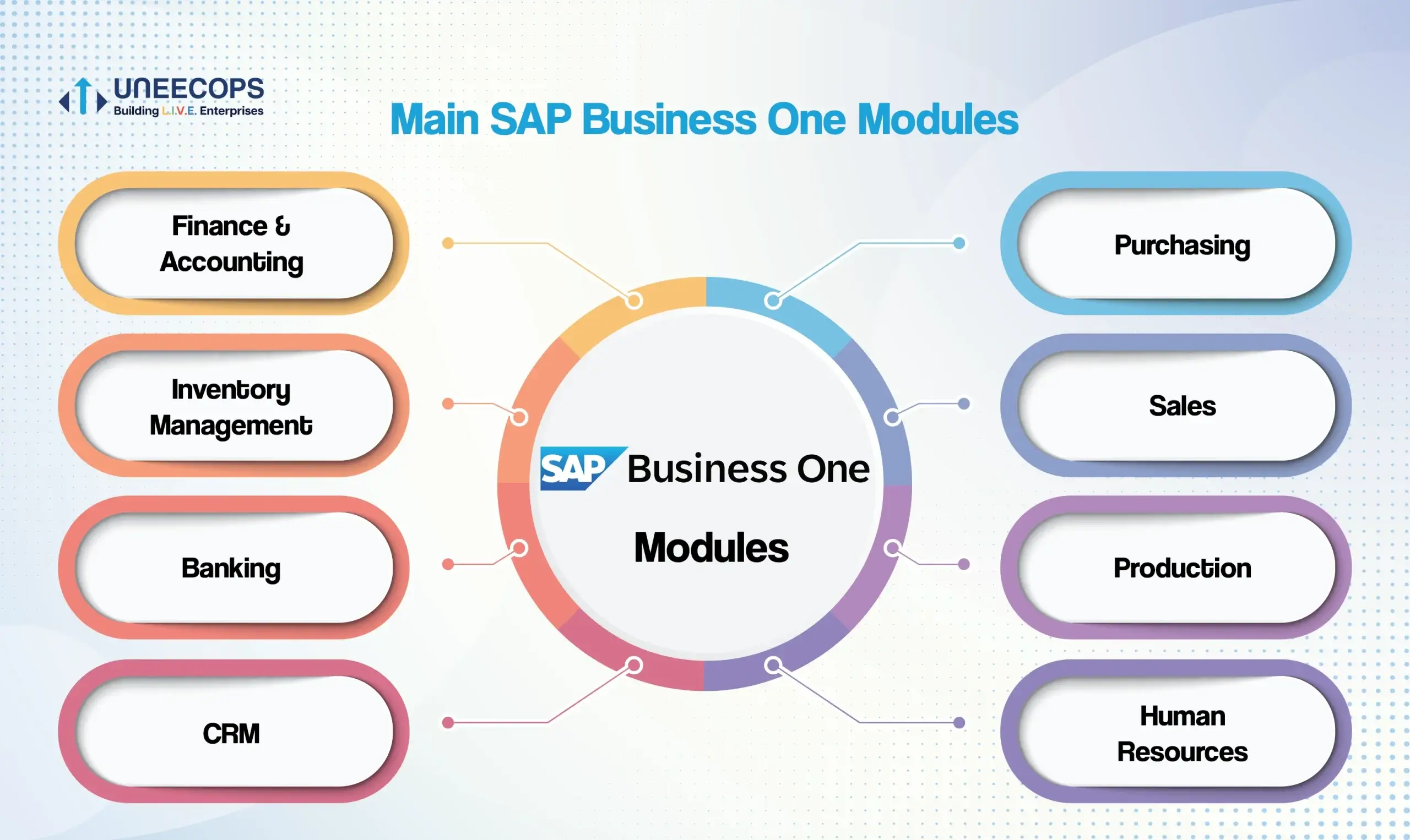If you think that SAP implementation is a nightmare in itself, then you haven’t experienced the efforts required to keep the implementation on track if it goes awry. No matter how much you plan, there might be a case where you can see the deadline passing you by mockingly as you toil day in and day out to complete the project. Missing milestones and deadlines can be excusable one in a while, if it is a one-off situation.
Even if there are some buffer-days which can cushion the negative effects of the extended deadline, it is crucial to identify why the implementation went off track in the first place. As soon as one identifies that the project is off track, all efforts should be put in bringing it back to track. SAP Business One Partners have enlisted some ways on how you can bring back the project on track.
How to Bring in on Track
There can be numerous reasons why your project went off track. The first step is to identify all such factors that contributed to the diversion of the project from its path. Until and unless you are not sure what caused the issue, you cannot fix it. Once the pinch point has been identified, it becomes much easier and faster to solve the issue and bring the project back on track. Some of the questions you need to ask during this process are:
– Which aspect of the process is lagging behind or is causing problem?
– How long has the problem lasted?
– Which factor has caused the derailment from the desired path?
– Do we have the required resources to solve the problem?
– Is the project salvageable or do we need to start over?
– Can the problem be solved with the allocated budget or would some extra be needed?
For example, if you face an issue while implementing SAP Business One Add On support for Manufacturing, ask the right questions so that you can be directed towards the accurate problem. Once the problem is identified, corrective measures should be taken immediately.
So how should you approach the problem tackling? Go back to all the original design documents that were made before the implementation. Cross check your business objectives and start from there. It is easier to locate the disparity between those documents and corresponding stages during the implementation. If the processes are not followed as per the design and the documents, there are good chances of the project going off track. In case some change has to be made mid-project, document it immediately. This helps in tracking down any discrepancies in the future.
Just pinpointing the issue will take you nowhere. Spend time in analysing all the information that you have gathered. Figure out all the possible actions that can be taken to resolve the issues keeping the project from its intended track. Once the analysis is done and the solutions are defined, start implementing the fixes. There are two approaches that you can take.
In the first method, you can start with all the small fixes required in the project, even if it doesn’t rank high on prioritization. Once you start addressing the smaller issues, the project will see some traction, even if it is a little and slowly it can be built up and bigger issues can be tackled. Another approach is to address the major issues in the beginning itself and then tying up all the small loose ends. It is also important to keep the ‘fixes’ within budget and schedule. If you spend a long time for fixing the problem you were facing with SAP Business One Add On support for Manufacturing, you might risk extending the deadline while overspending. Both would push the project away from the path instead of bringing it on track. The new deadlines should be realistic so that the project can be fixed and completed within the estimated time.
Remember that there may be cases where the problem cannot be fixed at all or the resources required would be unavailable, the landscape or the objectives of the project may entirely change. SAP Business One Partners encourage that in such scenarios it is best to abandon the project and move on to a new one quickly. Although, such cases are few since most of the times the problems can be fixed.






